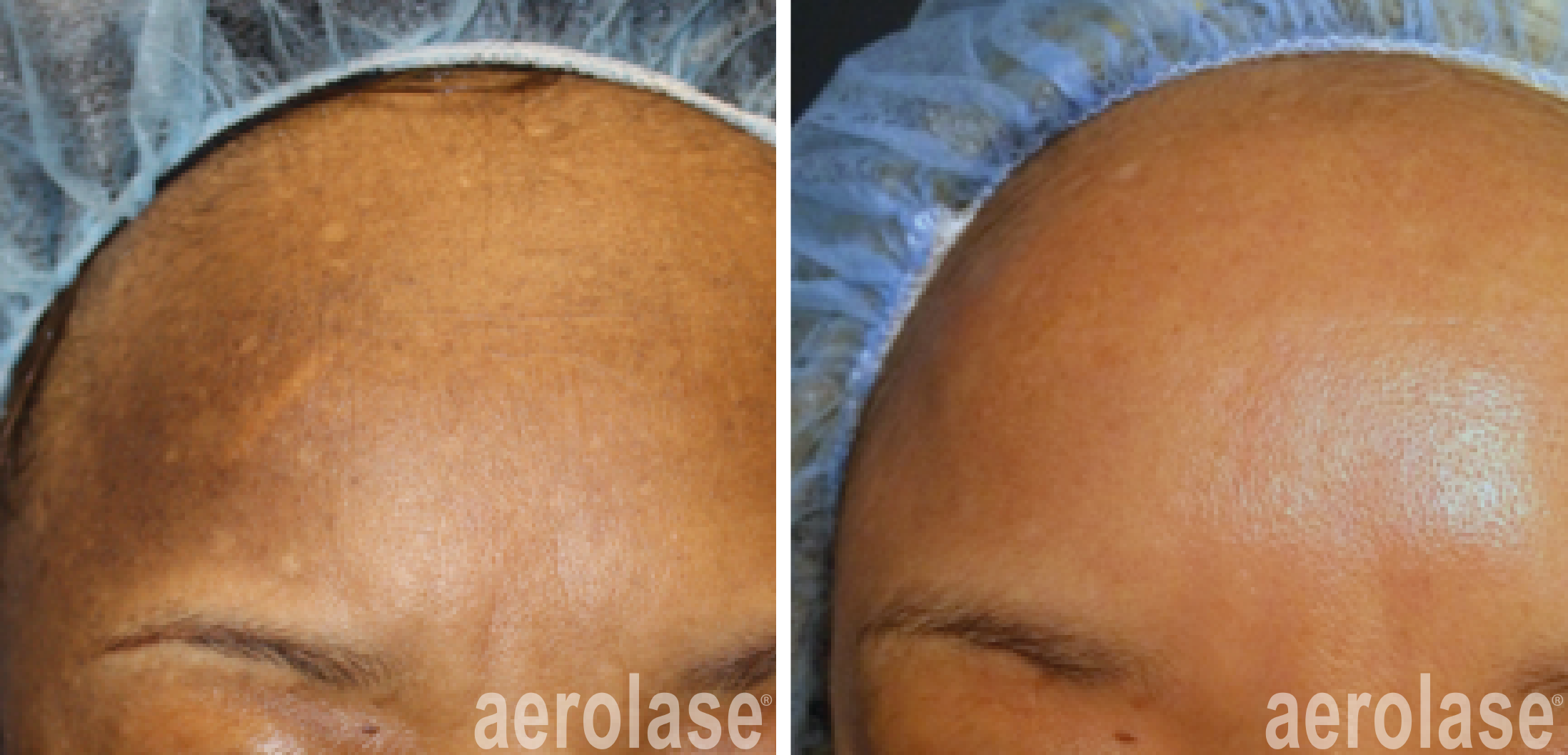Melasma is a common skin condition characterized by dark patches or discoloration on the skin. It primarily affects the face, especially the cheeks, forehead, nose, and upper lip. This condition can be a cause of concern for individuals who experience it, but understanding its causes, symptoms, and available treatments can help manage and mitigate its effects.

What Causes Melasma
The exact cause of melasma remains unclear, but several factors are believed to contribute to its development. These include hormonal changes, especially during pregnancy or while taking hormonal medications. Sun exposure is also considered a significant trigger, as ultraviolet (UV) radiation stimulates the production of melanin, the pigment responsible for skin color. Genetic predisposition and certain cosmetic products or medications that irritate the skin may also play a role.
Melasma Symtoms
Melasma presents as symmetrical, brownish-gray patches on the face, primarily on the areas exposed to the sun. These patches may vary in size and shape, ranging from small spots to larger, more extensive areas. Typically, it does not cause any physical discomfort or itching, but it can have a significant impact on a person’s self-esteem and confidence.
Diagnosis
A dermatologist can typically diagnose melasma through a visual examination of the affected areas. In some cases, a Wood’s lamp examination may be performed, which uses ultraviolet light to help assess the depth of pigmentation. It is essential to differentiate melasma from other skin conditions that may have similar symptoms, such as post-inflammatory hyperpigmentation or certain fungal infections.
Treatment Options
While melasma cannot be completely cured, various treatment options are available to manage its appearance and reduce its visibility. These include:
The Following Options for Melasma Treatment Options at Dream Med Spa are:
- Aerolase Neo Elite (Most Effective Laser Option)
- Lutronic LaseMD
- Chemical Peel
It’s important to note that results may vary depending on the individual, and a combination of treatments may be recommended to achieve the best outcome.
Lifestyle Tips
In addition to medical treatments, certain lifestyle changes can aid in managing it effectively. These include:
Remember, melasma is a chronic condition, and patience is key when pursuing treatment. Consultation with a dermatologist is vital to determine the most suitable approach for your specific situation.

